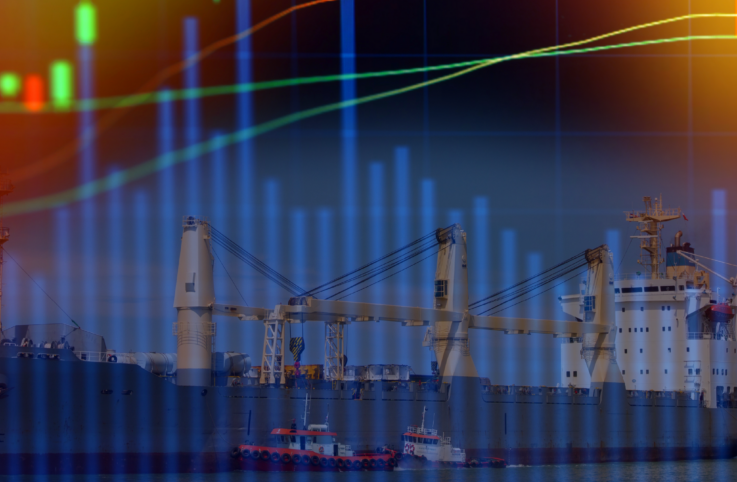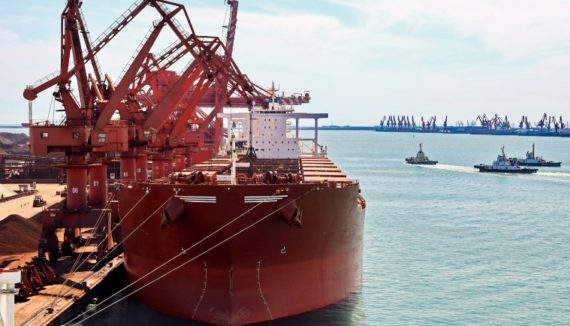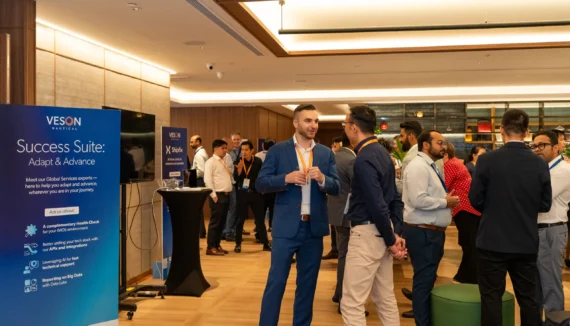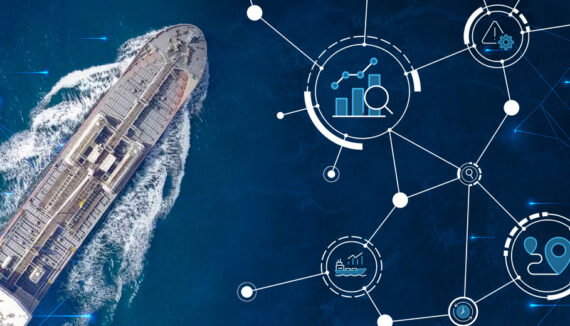As we mark one year since the enforcement of the Carbon Intensity Indicator (CII) regulation, the maritime industry is reflecting on the impacts and challenges of this important step towards decarbonization. The CII is a measure of a ship’s energy efficiency and has been a focal point for assessing and improving environmental performance within maritime operations over the past year.
At this year’s CMA Shipping event, I had the honor of moderating a discussion with several industry experts to explore nuances of the CII implementation, reflect on the past year, and discuss the path forward in our collective sustainability journey. The panel included Helen Barden, Senior Solicitor – External Affairs at NorthStandard, James Frew, Business Advisory Director at Lloyd’s Register, Charles (Bud) Darr, Executive Vice President, Maritime Policy and Government Affairs at MSC Group, and Tom Keenan, Technical Committee Chairman at International Association of Dry Cargo Shipowners (INTERCARGO). Below, I’ve recapped the most insightful highlights from our discussion.
We also held a CMA Shipping week panel discussion on key learnings from the EU ETS rollout, the need for contract standardization, what the US might be thinking, and more, which you can read here.
Reflections on the past year of CII
It’s hard to talk about CII without first acknowledging the reality of the challenges and lack of clarity that many had grappled with this year. Our conversation started here, recognizing the imperfections of CII as it was initially rolled out. For starters, there are many nuances and uncertainties still surrounding current CII ratings due to various operational factors affecting ship performance. Tom highlighted potential discrepancies that could influence efficiency calculations by sharing an instance where identical ships received significantly different ratings due to varying cargo runs. This can be frustrating, as it can result in CII ratings that aren’t a true reflection of decarbonization measures of the vessel.
Another area for improvement that the panel emphasized was the soft enforcement mechanisms and lack of clarity around consequences. Bud emphasized the need for more rigorous data analysis to refine and improve the regulatory framework. We also recognized that no new regulation will be perfect and saw the importance of understanding the limitations of CII so that we can collectively work towards improving it.
Embracing positive shifts in industry dialogue
Despite challenges, many in the industry see CII as a crucial starting point and a catalyst for positive changes around how the industry interacts with each other. Helen called attention to an excellent point, which is that CII is getting charterers and owners talking about operational efficiencies and bringing their focus to the data side as well – be it the frequency of data from ships, the quality of data that’s coming from the ships, the transparency between owners and charterers, and more. She concluded, “This evolution in how we think about collaboration and data sharing is an important step in our industry-wide transition to decarbonize.” Further, CII is also spurring discussions at the IMO level, such as at the recent MEPC 81 session, particularly around upping the financial cost for non-compliance.
James added to this point by highlighting that CII has compelled ship owners to confront the performance of their vessels and engage in discussions around emissions control strategies. He noted an unprecedented involvement from charterers, which also speaks to the global impact of CII as a regulatory measure.
Moving towards a sustainable future
Overall, there remains a feeling of optimism about the future of maritime decarbonization regulations. CII, while an imperfect mechanism, is acting as a crucial driver for enhancing operational efficiencies while the industry transitions towards future fuels. James highlighted the potential symbiosis between CII and other regulatory frameworks to achieve long-term sustainability goals, saying “I think if done well, CII can be an enabler for upcoming global fuel standard and carbon levy regulations.” As always, continuous improvement and adaptation will be key in the regulatory landscape, and there is potential for CII to evolve into a foundational metric while complementary measures like global fuel standards take center stage in driving industry-wide decarbonization efforts.
As we reflected on one year of CII implementation, it’s evident that this regulatory framework has brought forth some transformative shifts in industry practices. Despite the complexities and improvement areas, the focus remains on leveraging regulatory measures like CII to drive sustainable change in the maritime sector.
At Veson, we’re dedicated to facilitating important conversations and empowering stakeholders to navigate the complexities of maritime regulations towards a more resilient and sustainable future. To learn more about how you can integrate complex maritime regulations into your contract management workflow with Veson, we invite you to visit our regulations & compliance page.




